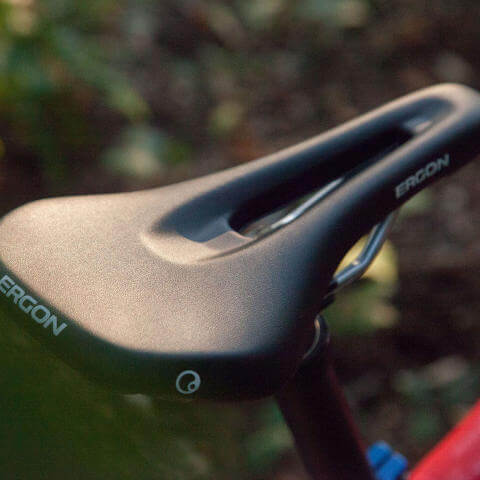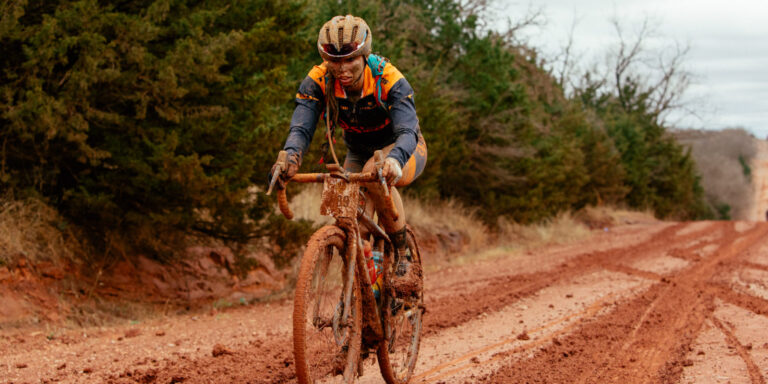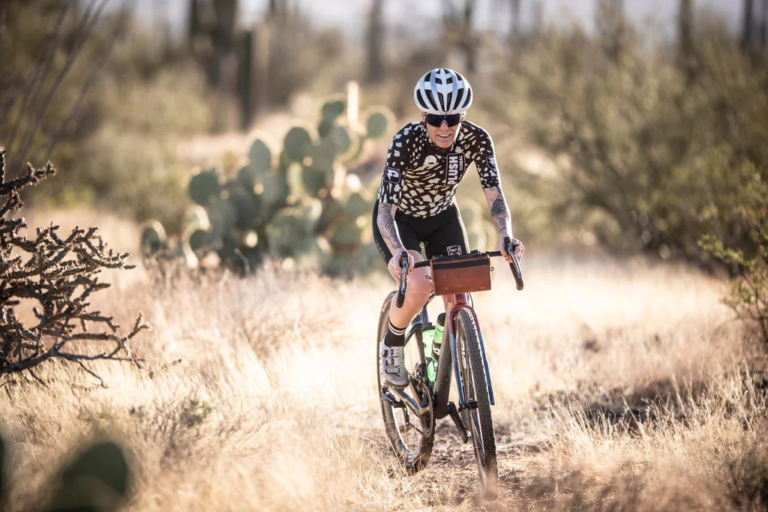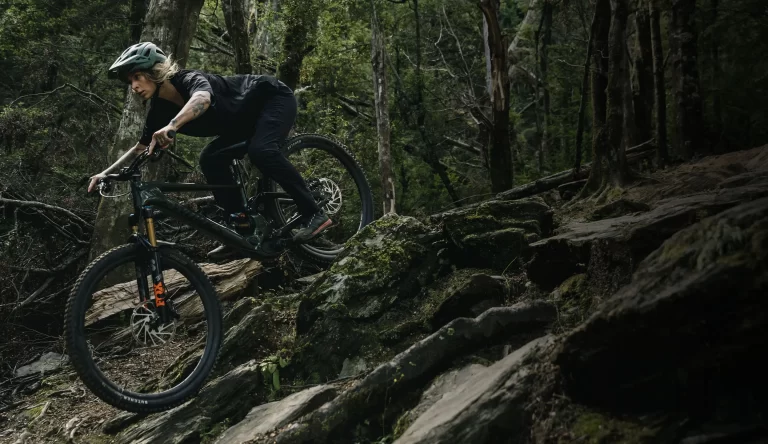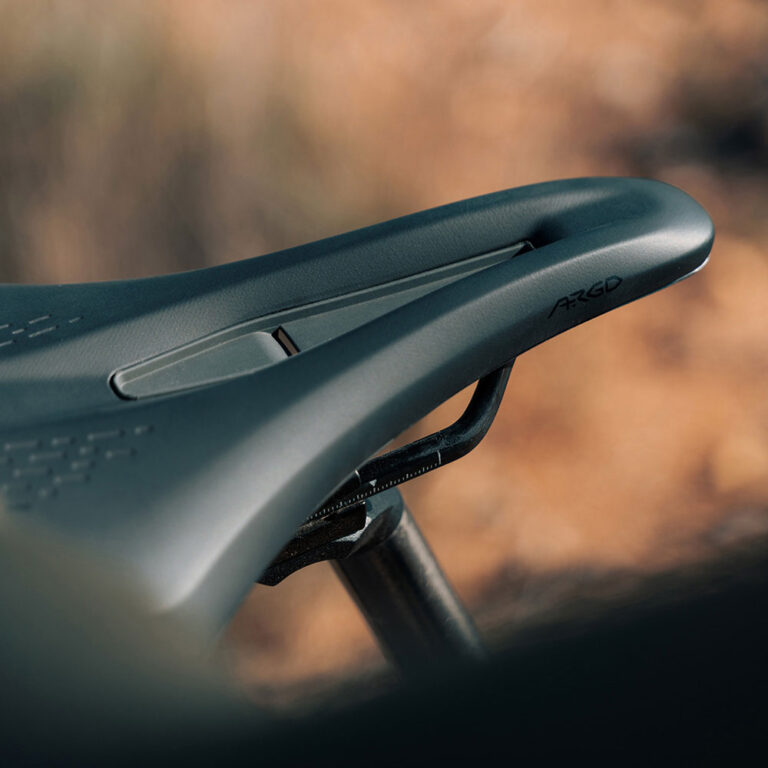Choosing a Saddle for Different Gravel Biking Styles: Finding Your Perfect Match

Key Point Summary of Choosing a Saddle for Different Gravel Biking Styles:
- Understanding Different Gravel Biking Styles: Tailoring saddle choice to suit your specific gravel riding style.
- Factors Influencing Saddle Choice: Key elements to consider for optimal comfort and performance in gravel biking.
- Personalizing Your Cycling Gear: How choosing the right saddle enhances your overall gravel biking experience.
As a masters cyclist with years of experience in various biking disciplines, including mountain biking, gravel biking, and cyclocross, I’ve learned that the right gear can significantly impact your performance and enjoyment. When it comes to gravel biking, where styles can range from leisurely scenic routes to aggressive endurance rides, choosing the right saddle is crucial. This article is crafted to assist cyclists, especially those at the beginner to mid-level, in selecting a saddle that aligns with their specific style of gravel biking.
Understanding Different Gravel Biking Styles
Gravel biking encompasses a wide range of riding styles, each demanding its unique saddle characteristics:
Leisure and Touring
For more relaxed, leisurely rides or long-distance touring, comfort is key. A wider saddle with generous padding and a more rounded shape can provide the support needed for hours in the saddle.
Race and Performance-Oriented
If you’re into racing or fast-paced gravel riding, a narrower, lighter saddle that allows for greater movement and pedaling
efficiency is ideal. These saddles often have less padding to save weight and facilitate a more aggressive riding position.
Mixed-Terrain Adventure Riding
For riders who tackle a mix of gravel, dirt, and paved roads, a versatile saddle with moderate padding and a durable cover can offer the necessary balance between comfort and performance.
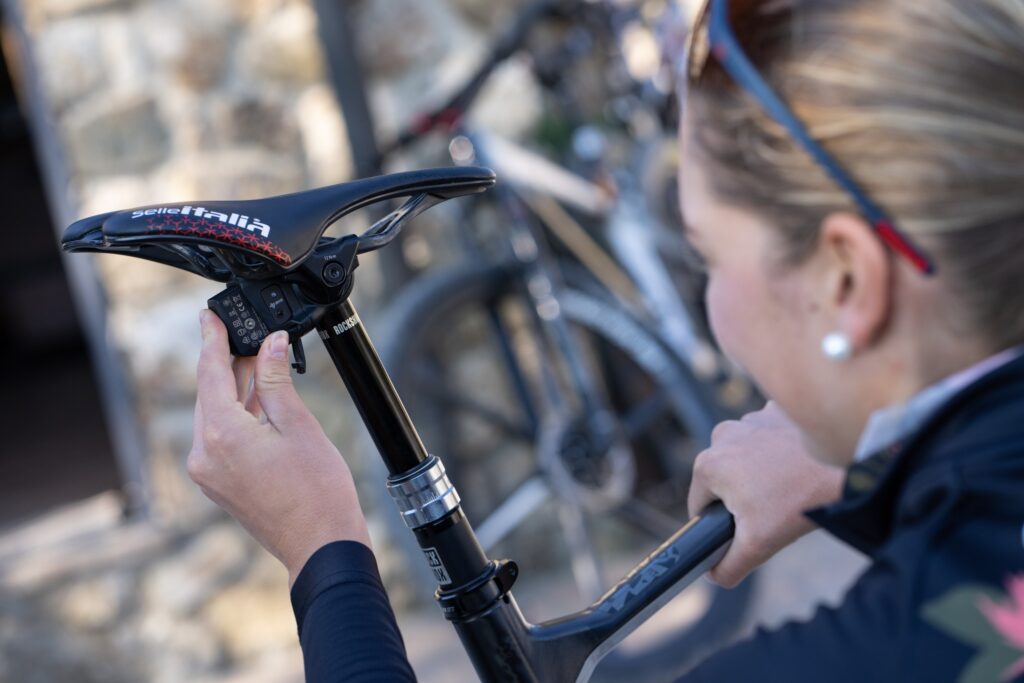

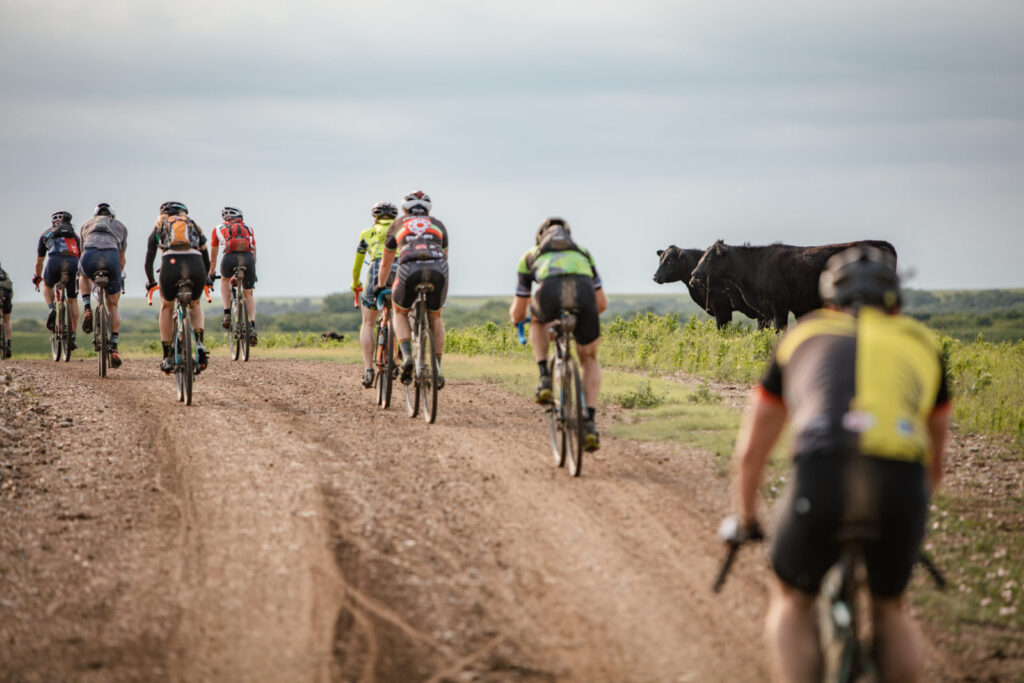
Factors Influencing Saddle Choice
Sit Bone Width
Your saddle width should match your sit bone width for optimal support. A saddle too narrow or too wide can lead to discomfort and inefficiency.
Material and Flexibility
Materials like foam, gel, or leather each offer different levels of comfort and flex. Consider a material that conforms to your body and absorbs the roughness of gravel roads.
Saddle Shape
The shape of the saddle should match your riding position. Flatter saddles suit more aggressive, forward-leaning positions, while curved saddles are better for upright postures.
Personalizing Your Cycling Gear
Trial and Error
Don’t be afraid to experiment with different saddles. What works for one rider might not work for another. Most bike shops offer demo saddles to try before you buy.
Adjustments and Fine-Tuning
Even the best saddle needs proper adjustment. Play with the angle and fore/aft position to find your sweet spot.
Personal Touch
Choose a saddle that reflects your style. Many brands offer custom color options, allowing your saddle to be both functional and a reflection of your personality.
Personal Experience
Once, I switched to a gel-padded saddle for a multi-day gravel tour. The extra cushioning made a world of difference in comfort, especially on longer, more leisurely rides. One of the best gel-padded saddles widely recognized for its comfort and quality is the Selle Italia Max SLR Gel Superflow. This saddle is known for its ergonomic design, featuring a substantial gel padding that provides excellent cushioning and comfort. The central cutout helps to reduce pressure on sensitive areas, making it a great choice for both long rides and short, intense sessions. The Selle Italia Max SLR Gel Superflow is a favorite among riders who prioritize comfort without compromising on performance.
FAQ
How do I know what bike saddle I need?
To determine the saddle you need for a gravel bike, consider your sit bone width for the right size, your preferred riding position for the appropriate shape, the type of gravel rides you undertake for cushioning and material, and try different models for personal comfort and fit.
Why are gravel saddles wider?
Gravel saddles are wider to better support the sit bones, especially important for the more upright riding posture and long-duration rides typical in gravel biking, enhancing comfort over varied terrain.
How do I choose a gravel bike saddle?
To choose a gravel bike saddle, consider your sit bone width for the right size, select a material that balances comfort and durability for long rides, look for a shape that suits your riding style, and try different models to ensure personal comfort and fit. Explore our How to Choose a Gravel Bike Saddle for further information.
Selecting the right saddle for your gravel biking style is a blend of understanding your needs, knowing the available options, and a bit of personal preference. Whether you’re cruising scenic backroads or pushing the limits in a gravel race, the right saddle can enhance your ride quality and overall biking experience.
Final Thoughts
The saddle is a key contact point between you and your bike; investing time in choosing the right one is an investment in your cycling enjoyment and performance.
John

